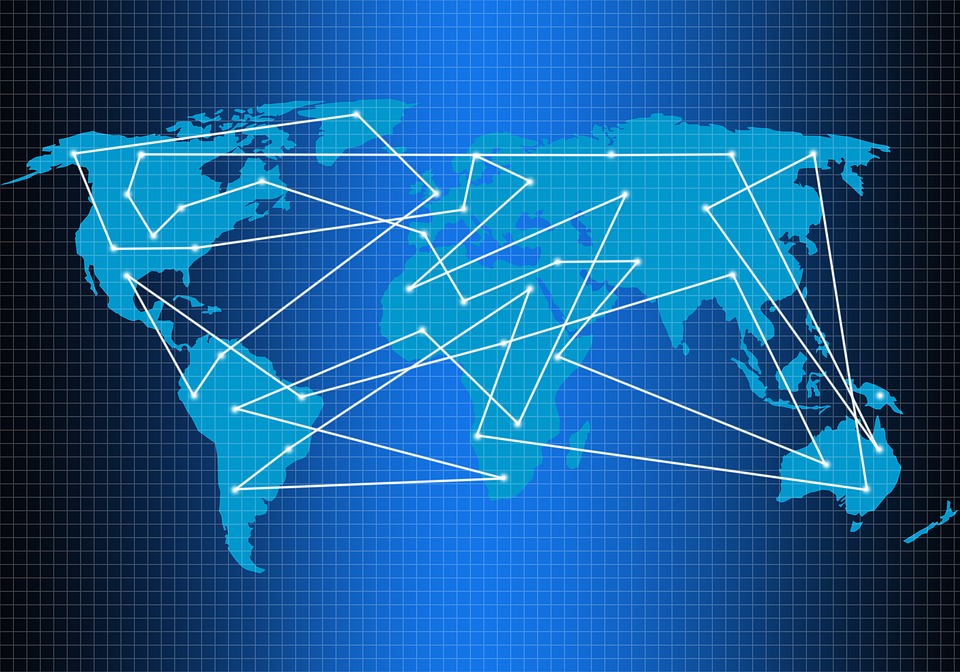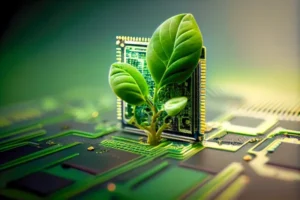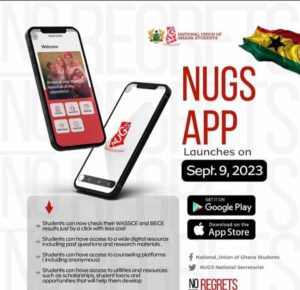
Communication and networking have been essential pillars of human progress since time immemorial. In the digital age, the evolution of technology has revolutionized how we connect, communicate, and share information. From the telegraph to the internet, this blog delves into the marvels of communication and networking, highlighting their profound impact on society.
- From Pigeons to Fiber Optics: A Journey Through Communication History
The history of communication spans fascinating innovations, from ancient methods like smoke signals and carrier pigeons to the advent of telephones, telegraphs, and radio. Today, we stand at the forefront of a digital revolution, powered by fiber optics and wireless technologies that enable real-time global communication.
- The Internet: The World’s Digital Nervous System
The internet, often referred to as the “Information Superhighway,” has transformed the way we exchange information. It has shrunk the world, connecting billions of people and devices across the globe. From emails and social media to video conferencing and cloud computing, the internet has become an integral part of modern life.
- Networking Technologies: Enabling Seamless Connectivity
Computer networks form the backbone of modern communication. Local Area Networks (LANs) and Wide Area Networks (WANs) enable data sharing and collaboration within organizations and across vast distances. Networking technologies like routers, switches, and protocols facilitate the smooth flow of data packets, ensuring efficient communication.
- Wireless Communication: Liberating Connectivity
Wireless communication technologies like Wi-Fi, Bluetooth, and cellular networks have untethered us from physical connections, providing seamless connectivity on the go. Mobile devices have become our constant companions, allowing us to access information, communicate, and share experiences anytime, anywhere.
- Social Media: The New Age of Connection
Social media platforms have redefined how we interact and communicate. They enable us to connect with friends, family, and strangers worldwide, share experiences, and engage in discussions on various topics. Social media has also emerged as a powerful tool for information dissemination and advocacy.
- Global Collaboration and Business Networking
Communication and networking have revolutionized global collaboration. Businesses can now collaborate with partners, clients, and employees from different continents, streamlining operations and expanding their reach beyond borders.
- Virtual Meetings and Remote Work: Bridging Distances
The COVID-19 pandemic accelerated the adoption of virtual meetings and remote work. Video conferencing and collaboration tools have become essential for maintaining business continuity and enabling remote teams to work seamlessly.
- Internet of Things (IoT): A Networked World
The IoT has connected everyday objects to the internet, creating a network of smart devices. IoT applications span from smart homes to industrial automation, revolutionizing sectors like healthcare, agriculture, and transportation.
- Challenges and Considerations: Privacy and Cybersecurity
As communication and networking technologies advance, so do the challenges they bring. Privacy concerns, data breaches, and cyber threats necessitate robust cybersecurity measures and responsible data handling.
Communication and networking have transformed the world into a global village, fostering connections and facilitating the exchange of information. From the invention of the telegraph to the digital age of the internet and IoT, the journey of communication and networking has been an awe-inspiring one. As we move forward, it is essential to embrace the power of communication responsibly, ensuring its inclusive and equitable use for the betterment of humanity. By harnessing the web of connectivity, we can build a more connected, informed, and united world, enriching our lives and shaping a brighter future for generations to come.







